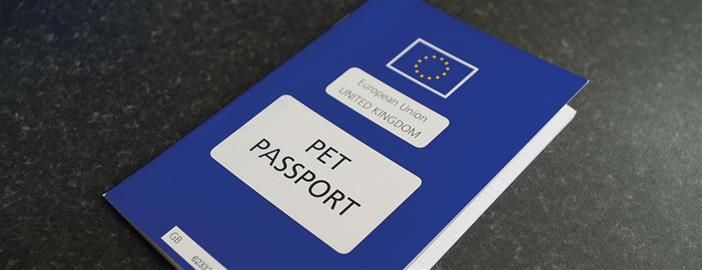Getting Cat ready for EU Pet Passport
The EU Pet Passport is a universal document that contains all of a pet’s identifying, ownership and medical information. The passport is designed to be issued to a dog, cat or ferret once it’s first taken to an EU veterinarian and vaccinated, but it’s also commonly expected when traveling with these animals throughout the EU.
Cats
- Vaccinations (flu,rabies + 1 more if cat is less than 6 months for immunization)
- FiV / FeLV (not mandatory but required for the benefit of the cat as they might have feline aids or leukemia)
- internal de-worming
- external anti flea/ anti tick
- microchip
- Valid Passport with Serial Nr, stamped by authorized Vet.
- Needs to be min. 4 months old to travel and best to be sent spayed/ neutered.
- Important to be properly checked for any teeth issues/ gingivites and also earmites.
All this needs to be done 21 days prior flight
Sections I and II contain ownership information and a description of the animal. If there are multiple owners, each owner fills out a section — the passport has enough room for six owners. There’s room to include a picture of your pet, but the picture is optional.
Sections III and IV include information about the markings of the animal — in the form of a 15-digit microchip or visible tattoo — and about the authorized EU veterinarian who issued the pet passport.
Section V includes a listing of rabies vaccinations given by an authorized EU veterinarian since the passport was issued.
Sections VI through X are generally optional. Section VI is for results of a rabies antibody titration test, Section VII is for anti-echinococcus treatment, Section VIII is for other parasite treatments, Section IX is for other vaccinations and Section X is for results of clinical examination.
Please visit our Local Vet you can advise you in Detail.

